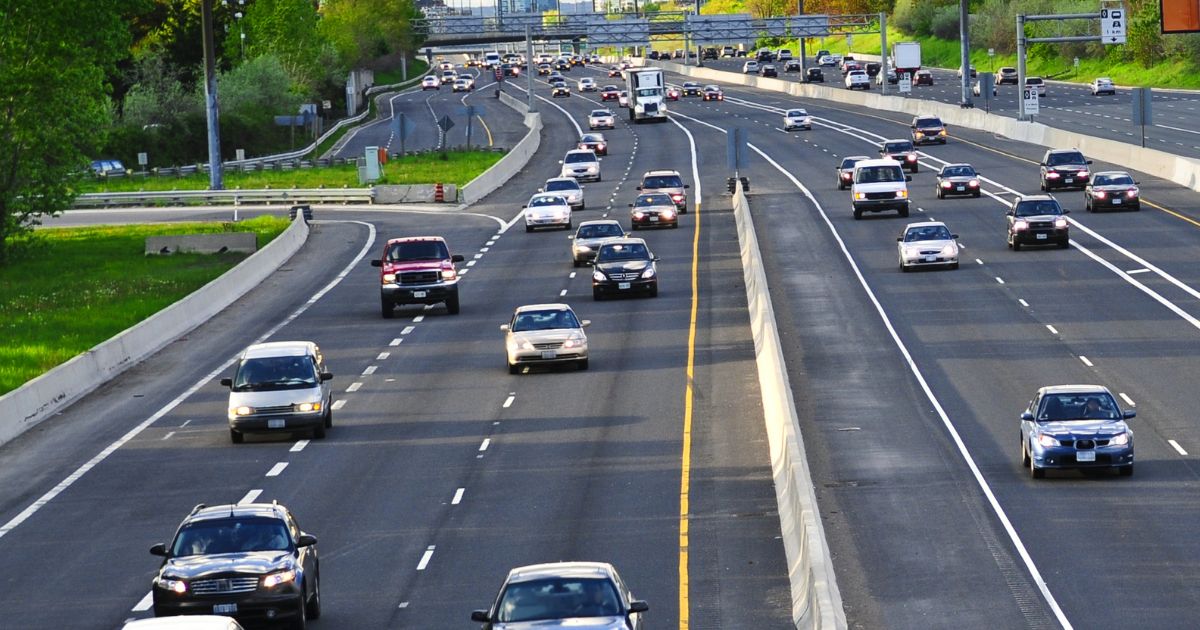How Is Fault in a Merging Accident Determined?

Whether you are a newly licensed driver or you have years or even decades of experience behind the wheel, all motorists are responsible for understanding and following the rules of the road. In addition to following the speed limit, using your signal when necessary, and avoiding unsafe driving behaviors like distracted or drowsy driving, motorists are expected to understand the merging laws, particularly when driving on a busy highway. Failure to do so can result in a severe car accident. Depending on the circumstances of the accident, certain merging accidents can be difficult to prove since they often happen quickly and at high speeds. If you are injured in a merging accident, and the other driver was at fault, contacting an experienced car wreck lawyer is highly recommended.
What Are the Most Common Causes of Merging Accidents?
A merging accident can happen when you least expect it, particularly if you drive on a highway where motorists travel at 65 miles per hour or faster speeds. The consequences of these accidents can be devastating and may include severe injuries and fatalities. The following are examples of some of the most common causes of merging accidents:
- Failure to check the side and rearview mirror before merging or changing lanes.
- Failure to check blind spots.
- Failure to signal when merging.
- Not matching the speed of other vehicles already in the flow of traffic.
- Talking or texting on the phone or engaging in other distracted driving behavior that takes your attention off the road.
Proving Fault for a Merging Accident
To prove that the other motorist involved in the merging accident was at fault, you will have to demonstrate that the driver was negligent and that their negligence caused the accident. The following evidence can help prove that the other driver caused the accident and help your car wreck lawyer negotiate the outcome of a successful claim:
- Copy of the police report.
- Photos and video footage from the scene of the accident.
- Copies of medical records.
- Statement from witnesses who saw the accident happen.
- Report from a forensic accident reconstructionist.
There are many different types of merging accidents, most of which are caused by motorists who are not paying attention, are distracted, or drive recklessly. Depending on the nature of the accident, it can be challenging to prove which driver was at fault. The following are examples of merging accident scenarios and how to determine fault:
- Another driver hits you while trying to merge. If you were already in the traffic flow, and the other driver attempted to merge when they hit you, that driver will likely be considered at fault because you had the right of way. The other driver was responsible for ensuring that it was safe to move into another lane before merging. While the at-fault driver is responsible for following the rules of the road, you will need to provide evidence supporting your claim to recover compensation, including whether the motorist was distracted, failed to use their signal, or did not check their rear or side view mirror. A copy of the police report may also provide valuable evidence and may identify the at-fault driver.
- You were sideswiped by a driver who failed to merge. A sideswipe accident can occur when one or both drivers drive at a high speed and attempt to merge simultaneously. In most cases, however, one driver is either at fault or considered more responsible for the sideswipe accident. The merging driver is usually considered at fault in a sideswipe accident.
- Another driver hits you while changing lanes. Motorists must ensure that there are no vehicles in the direct vicinity and that it is safe to change lanes before doing so. If they proceed to change lanes without checking their mirrors and their blind spots, they will likely be considered at fault for a merging accident. The driver changing lanes at the time of the accident is almost always at fault for a resulting accident. Additional evidence that can help prove fault includes photos from the accident scene, witness statements, and police reports.
Is the Merging Driver Always at Fault?
In most cases, when a merging accident occurs, the merging driver is usually at fault. However, there are situations where the driver who is already in the flow of traffic may be at fault, including:
- Driving too fast to prevent the merging driver from entering the lane.
- Driving too slowly to block the merging driving.
- Tailgating to avoid a merge.
- Brake checking the merging driver.
- Failing to adjust their speed.
What Damages Am I Entitled to If I Am Injured in a Merging Accident?
If you were seriously injured in a merging accident that another motorist caused, you may be entitled to financial compensation by filing a personal injury lawsuit. It is highly recommended that you contact a highly skilled car accident lawyer who will assist you with the claims process and help you recover the damages you are entitled to, which may include:
- Medical expenses
- Lost wages
- Loss of future earning capacity
- Property damage
- Pain and suffering
- Reduced quality of life
- Mental anguish
Keep in mind that Georgia is a comparative negligence state, which means that if you were partially responsible for causing the accident, you may still recover damages. However, your total recovery will be reduced by the percentage of your share of liability. You cannot recover damages if you are 50 percent or more at fault.
Our Savannah Car Wreck Lawyers at Kicklighter Law Represent Victims of Merging Accidents
If you or a loved one suffered a severe injury in a merging accident that another motorist caused, contact our Savannah car wreck lawyers at Kicklighter Law as soon as possible. We will thoroughly review the accident details, determine who is responsible for causing the accident, and assist you with every step of the claims process. To schedule a consultation, call us today at 912-754-6003 or contact us online. Located in Springfield, Georgia, we serve clients in Effingham County, Savannah, and the surrounding areas.
